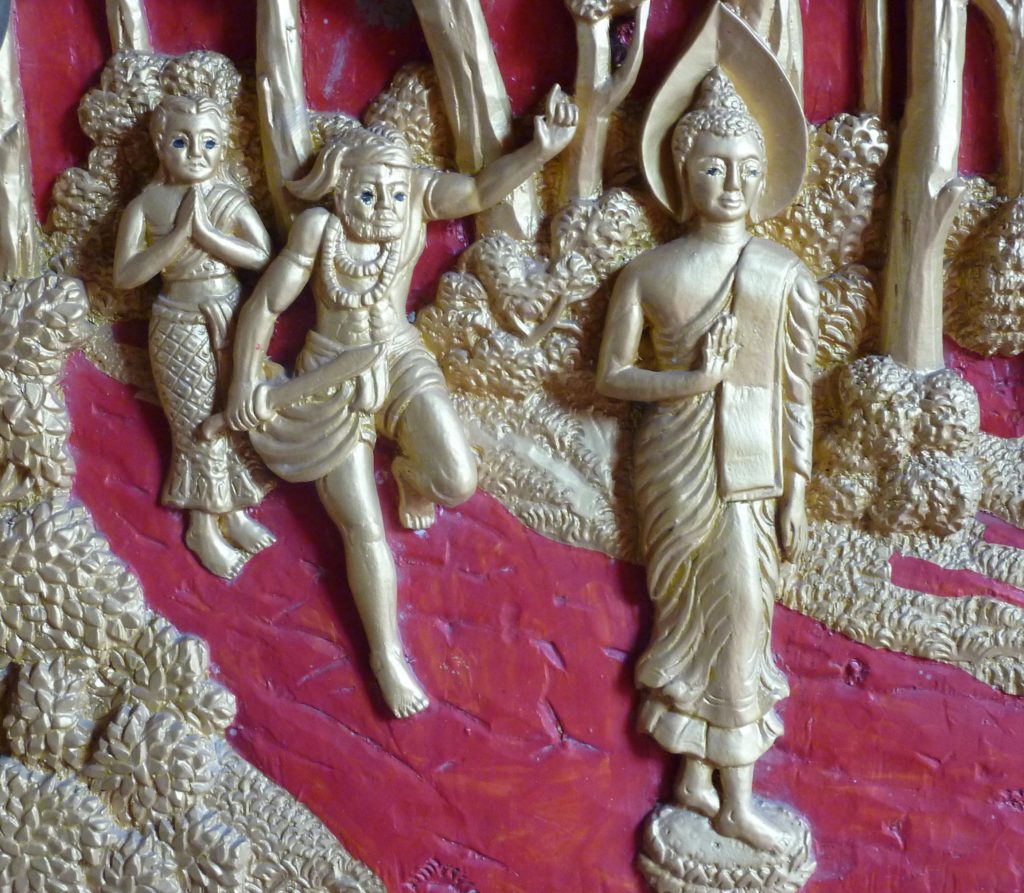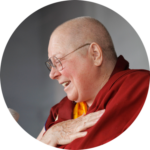

There are different levels of dhyana and wisdom.
On February 10, 2024 we started DCB22- Expounding the Absolute Truth through the Text of the Heart Sutra-I by looking at the origins and meaning of Avalokiteshvara’s names. We learned that “unimpeded freedom and...
“Patriarch Bodhidharma,” painting by H.H. Dorje Chang Buddha III. Learn about the dharma of Zen practice taught by H.H. Dorje Chang Buddha III who provides essential mantras & methods for proper practice of Zen as...

Most of the quotes from H.H Dorje Chang Buddha III posted on this blog are from unapproved translations and may contain errors. Likewise the contents of this blog have not been reviewed or approved by the Buddha and should be considered as reference material and not Buddha-dharma.
Sign up to receive advance notice of this blog.
Zhaxi Zhuoma 2024
Add comment